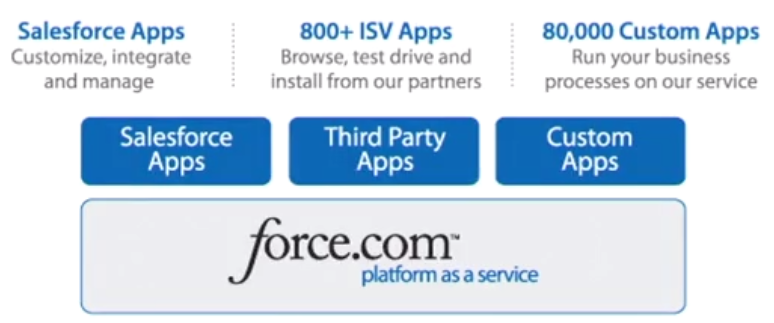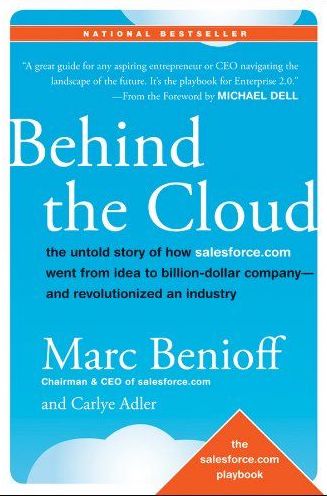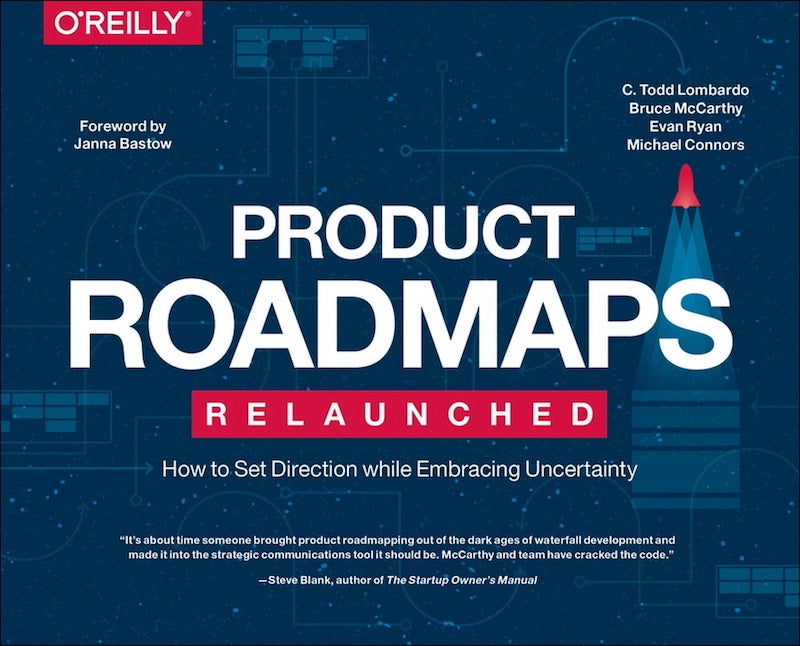How Salesforce Collaborated with Startups to Create the SaaS Category
The Salesforce story may be the most popular one used to describe the process of creating a new industry category. Before Salesforce.com, software was bought as a “product”. Salesforce redefined the industry so that now software is bought as a “service”. The company truly deserves tremendous credit for changing an entire industry by creating a new category, but a big part of why they were successful doing so is that they realized they couldn’t do it alone.
At the beginning of 1999, few people would say that the software industry was broken. Computers and software had fundamentally changed how people and businesses work, especially following the introduction of the IBM PC in the early 1980s. These changes made workers and industries more productive and contributed to increasing quality of life.
But then the Web happened. Companies like Google and Amazon raised everyone’s expectations of how things should work. You need something? You search for it online and find it in minutes or seconds. Sure, if it’s a physical product, you might need to wait a few days for it to show up on your doorstep, but everything became very simple. If it works that way for websites or books, why couldn’t it work for software?
That’s what Marc Benioff wanted to know. In his book Behind the Cloud, Marc wrote “My vision was to make software easier to purchase, simpler to use, and more democratic without the complexities of installation, maintenance, and constant upgrades.” In 1998 Marc started actively pursuing his vision. He recruited a team to start building the product and wrote a business plan. On March 8, 1999 the three-person team started working in a one-bedroom apartment next door to Benioff’s home. They called the company Salesforce.com to reflect the problem they were solving (SFA) and the new Internet-centric model they were introducing. In July, Benioff quit his Oracle job and focused entirely on Salesforce.
By 2003 the company had edged out from SFA into the broader category of Customer Relationship Management (CRM). Salesforce had successfully created the category of SFA/CRM Software as a Service (SaaS), but it hadn’t achieved Benioff’s vision of completely redefining the software industry. Even as a publicly-traded rapidly growing corporation Salesforce simply would never have enough resources to accomplish that on their own.
Benioff developed a new vision and a new direction for the company. Salesforce would not only provide Software as a Service (SaaS), but also a Platform as a Service (PaaS) on which others could develop software applications. Benioff wrote “creating a platform offered a way to resolve our biggest problem: customers were clamoring for more applications, and we didn’t have the resources to build everything ourselves. Further, we knew that outside developers needed a better way to create applications. There was so much that was truly painful about the process, and the heavy lifting required to build salesforce.com was fresh in my mind.”
Today, I think it’s safe to say that the SaaS category is now firmly established and the industry has been transformed. Perhaps this transition was inevitable, but Salesforce was able to accelerate and benefit from the creation of the broad SaaS category because it chose to collaborate with others.
Read my full telling of the Salesforce story here.
Are you in the midst of creating a new category? Reach out if you’d like to brainstorm approaches to accelerate and de-risk the process.
How Salesforce Collaborated with Startups to Create the SaaS Category Read More »




